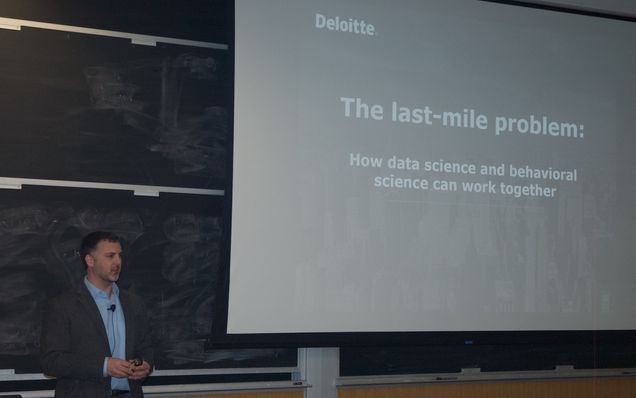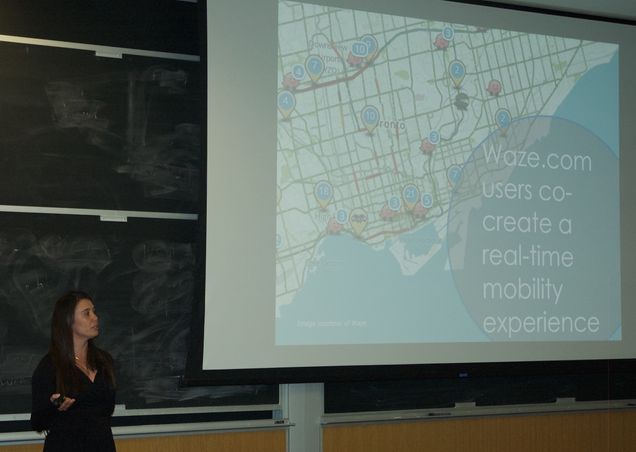Welcome to the Future; Input Your Data Here
For many years, city planners collected a small fraction of information from residents to design the best solutions aiming to maximize the liveliness of cities while tackling the most urgent needs in the community. Nowadays, with the technological boom that we are currently undergoing, it became even easier to access data that could increase the standard of living of many residents’ lives. City planners and designers have more access to information than ever before; the question now becomes: what is the most useful and proactive way to use the information that became available with the touch of a finger?

On Monday, March 20, Boston University’s City Planning and Urban Affairs held a Keynote Lecture that informed students about the availability and integration of data in urban development. The lecture was given by Michael Greene and Natalia Ochoa, who are data scientists with Deloitte Consulting. Greene and Ochoa help public and private sector organizations use scientific analytics to transform the relationships with customers, and most importantly, the optimum use of data in both the private and public sector. Surrounded by a large crowd of students and faculty, predominately from the Metropolitan College, Greene began by emphasizing the power that data collecting technologies hold, and how it is imperative to use this data available in the most efficient ways possible to create smarter cities and less waste. He also emphasized the new relationship that must arise between urban planners and technologists to ensure the smart use of databases and a more well-rounded understanding about the different motivations that lead people to act and make decisions. “I truly enjoyed the connections discussed between data analytics and human behavior,” said Fiona Coughlan, a Master of Urban Affairs candidate. “Recognizing and developing those relationships are crucial to the field of urban and regional planning in the 21st century.”

Greene and Ochoa explained how digital, data and design – the three D’s – are the building blocks of any big transformation today. In order to ensure smarter and more efficient cities, the digital aspect of transformations allows for greater participation of citizens and puts the onus of actively engaging on the individuals rather than government entities. By going digital, it makes the collection of data around the city a lot easier, as there is a much more immediate and accurate collection of data as it allows citizens to participate actively in the maintenance of their city. But in order to ensure that both data is being collected in an efficient manner, the design of these digital tools must be developed in a way that us human-centric. They must nudge people in the right direction. During the Q&A section of the lecture, students voiced their concerns about how the use of data could be misused and their hesitations of offering this information without the guarantee of it being used for the right intent. Greene and Ochoa guaranteed that it was the responsibility of the companies and organizations involved to emphasize and specify what the data being collected is used for. The more transparency there is between companies and individuals, the better the collection of data will be.
– Cecilia de Almeida, CAS ‘19